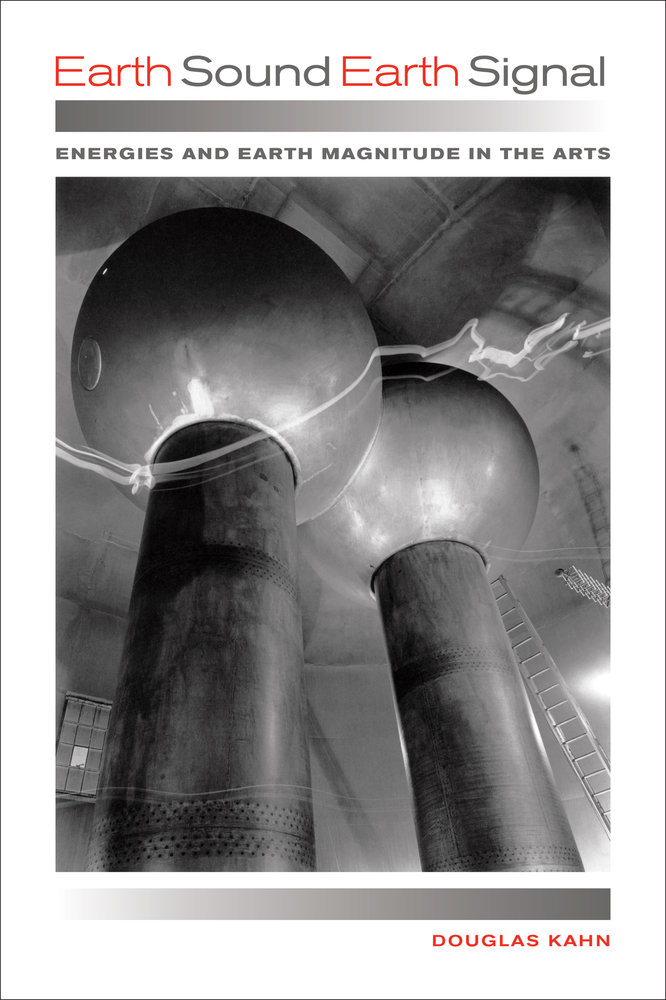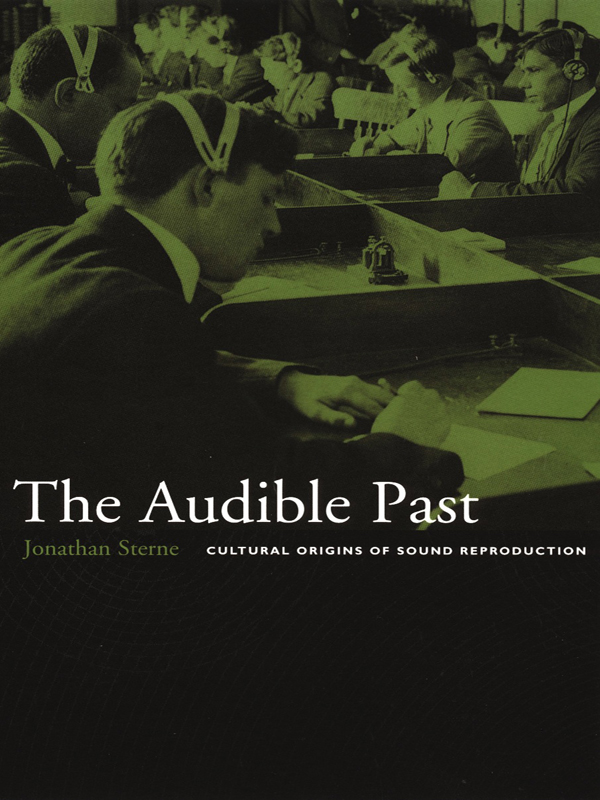Raphael Montañez Ortíz: Laser/Disc/Scratch/Destruction (2011)
Filed under brochure | Tags: · art, destruction art, experimental film, film, manifesto, performance, performance art, sculpture, sound, video, video art

An edition of documents and facsimiles of the artist published to accompany his exhibition at LABOR in México City.
In 1957 Raphael Montañez Ortíz (New York, 1934) began exhibiting sculptures and experimental films. From the start of his career he incorporated destruction and deconstruction as elements of his work, converting them into key figures for understanding the development of avant-gardes during the post-war period. In addition to producing film, music, sculpture, performance and video, Montañez Ortíz pioneered practices such as working with food, computers, and founding portable museums. His works often operate as a counter-anthropology, and he has taken ethnographic methods used to study tribal behavior and applied them to contemporary society.
The LABOR exhibition focused on two aspects of his diverse oeuvre: the first is comprised of documentation surrounding his destruction of pianos and his production of written manifestos; the second is his video work, which he began in the 1980s.
When he participated in the Destruction in Art Symposium (DIAS) held in London in 1966, Montañez Ortíz already had a reputation in the art world for destroying pianos. In the documents it is interesting to observe the contrast between the primal brutality of his actions and the elaborateness of his thoughts as recorded in his manifestos from the same era. The shock of these actions was not directed exclusively at a group of initiates, but at a larger audience that was reflected in the stupor of the mass media.
The Laser Disc Scratch Videos were the result of an interface designed especially by the artist, which allowed him, through the use of a joystick and little knobs, to control a laser disc player in real time. This instantaneous manipulation of video allowed him to work without having to cut or paste, inaugurating a totally new way of working with images without resorting to conventional processes of editing. The result is a zoom though time. Three seconds of footage are stretched out in a spastic movement that ceaselessly deconstructs and reconstructs the narrative. The effect is hypnotizing, and one might say that these videos function like a psychotropic substance absorbed through the eyes and ears. Nevertheless, the physiological effects of these pieces are just the first level among many. At the center of the vortex there is a deconstruction of cultural roles and conventions, an exorcism of the ghosts of contemporary society. (adapted from a press release for the exhibition
The volume contains an interview with Raphael Montañez Ortíz by Pedro Reyes, selections from his archive: “Destructivism: A Manifesto” (1962, handwritten manuscript + transcript, 4 pp), “Destruction Art: Survival Kit” (1968, typed manuscript, 3 pp), “D.I.A.S. Destruction in Art Symposium” (1966), “Diary of a Ritual” (1969, typed manuscript, 9 pp), and a number of photographs.
Edited by Pedro Reyes
Publisher LABOR, México City, 2011
37 pages
via L_A_B_O_R
PDF
1988 print of the Destructivism Manifesto (via ICAA Docs)
2013 Tate exhibition of the 1966 “DIAS” piano
Douglas Kahn: Earth Sound Earth Signal: Energies and Earth Magnitude in the Arts (2013)
Filed under book | Tags: · acoustics, art, art history, cold war, computer music, earth, electromagnetism, electronic music, energy, experimental music, geophysics, hearing, history of science, light, media history, music history, nature, noise, perception, radio, science, sound, sound art, sun, technology, telegraphy, telephone

“Earth Sound Earth Signal is a study of energies in aesthetics and the arts, from the birth of modern communications in the nineteenth century to the global transmissions of the present day. Douglas Kahn begins by evoking the Aeolian sphere music that Henry David Thoreau heard blowing along telegraph lines and the Aelectrosonic sounds of natural radio that Thomas Watson heard through the first telephone; he then traces the histories of science, media, music, and the arts to the 1960s and beyond. Earth Sound Earth Signal rethinks energy at a global scale, from brainwaves to outer space, through detailed discussions of musicians, artists and scientists such as Alvin Lucier, Edmond Dewan, Pauline Oliveros, John Cage, James Turrell, Robert Barry, Joyce Hinterding, and many others.”
Publisher University of California Press, 2013
ISBN 0520956834, 9780520956834
343 pages
Reviews: Alessandro Ludovico (Neural, 2013), Christopher Haworth (Organised Sound, 2015), Adam Trainer (Continuum, 2015).
PDF (removed on 2014-3-19 upon request of the publisher)
Comment (0)Jonathan Sterne: The Audible Past: Cultural Origins of Sound Reproduction (2003)
Filed under book | Tags: · history of technology, listening, media technology, music, music history, phonograph, radio, sound, sound recording, technology, telegraphy, telephone

“The Audible Past explores the cultural origins of sound reproduction. It describes a distinctive sound culture that gave birth to the sound recording and the transmission devices so ubiquitous in modern life. With an ear for the unexpected, scholar and musician Jonathan Sterne uses the technological and cultural precursors of telephony, phonography, and radio as an entry point into a history of sound in its own right. Sterne studies the constantly shifting boundary between phenomena organized as “sound” and “not sound.” In The Audible Past, this history crisscrosses the liminal regions between bodies and machines, originals and copies, nature and culture, and life and death.
Blending cultural studies and the history of communication technology, Sterne follows modern sound technologies back through a historical labyrinth. Along the way, he encounters capitalists and inventors, musicians and philosophers, embalmers and grave robbers, doctors and patients, deaf children and their teachers, professionals and hobbyists, folklorists and tribal singers. The Audible Past tracks the connections between the history of sound and the defining features of modernity: from developments in medicine, physics, and philosophy to the tumultuous shifts of industrial capitalism, colonialism, urbanization, modern technology, and the rise of a new middle class.
A provocative history of sound, The Audible Past challenges theoretical commonplaces such as the philosophical privilege of the speaking subject, the visual bias in theories of modernity, and static descriptions of nature. It will interest those in cultural studies, media and communication studies, the new musicology, and the history of technology.”
Publisher Duke University Press, 2003
ISBN 082233013X, 9780822330134
450 pages
via nutzenberg
Reviews: James P. Kraft (American Historical Review), Karin Bijsterveld (Technology and Culture).
PDF (updated on 2022-12-7)
Comment (0)
